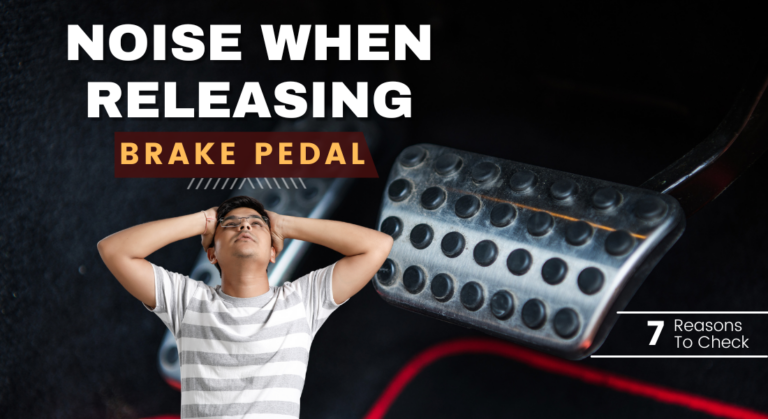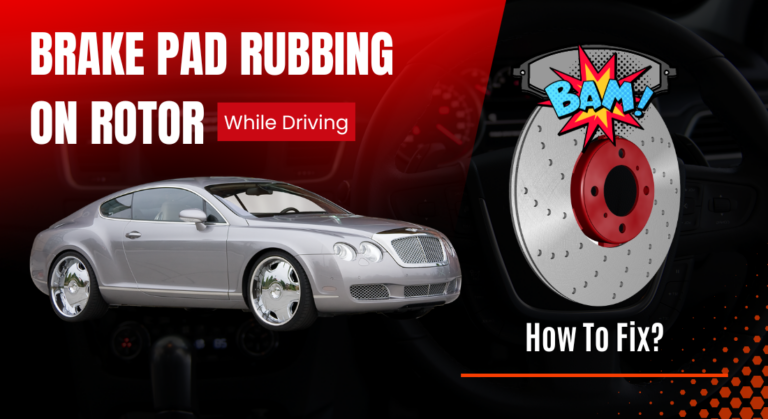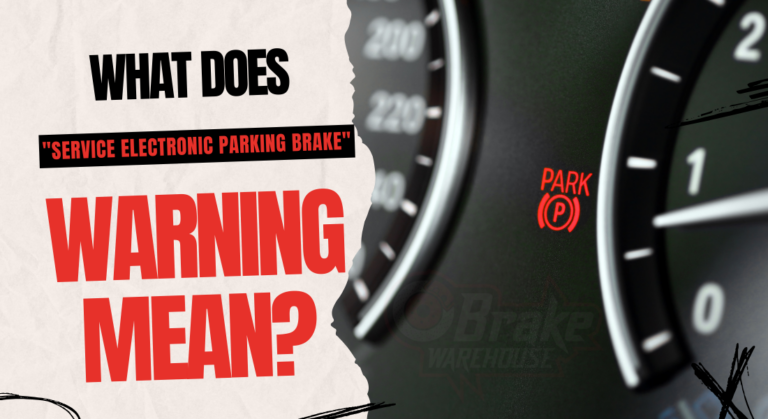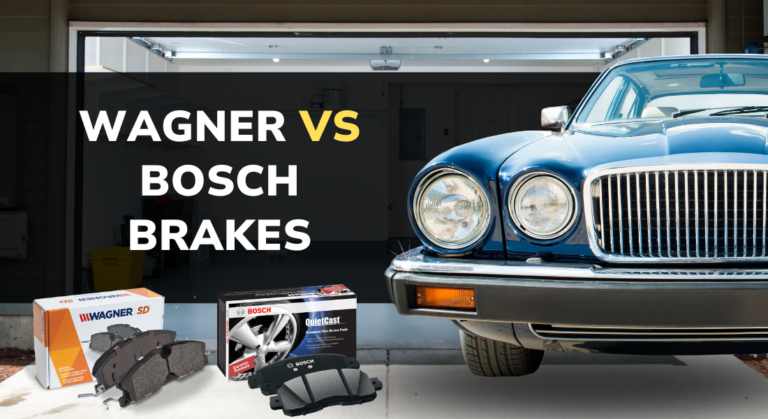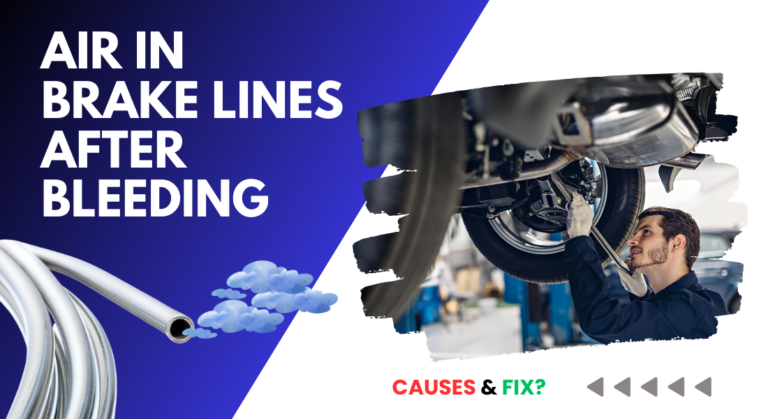Pumping Brakes After Adding Brake Fluid – Is It Necessary?
Yes. Adding brake fluid to a vehicle’s braking system helps ensure proper brake function and safety. One common question that arises is whether pumping the brakes is necessary after adding brake fluid.
While the answer depends on the circumstances, it’s essential to know the factors that influence whether or not this step is required. In this article, we’ll explore the considerations involved in adding brake fluid and the need to pump the brakes.
By gaining a better understanding of this process, you can take the steps required to properly care for your brake system.
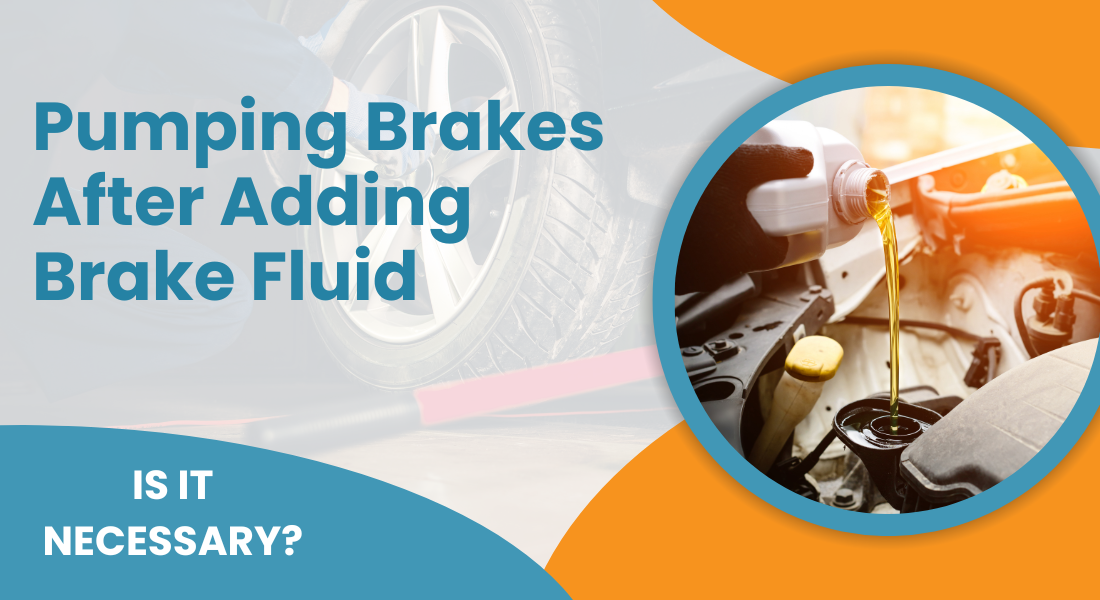
Do I Need To Pump The Brakes After Adding Brake Fluid?
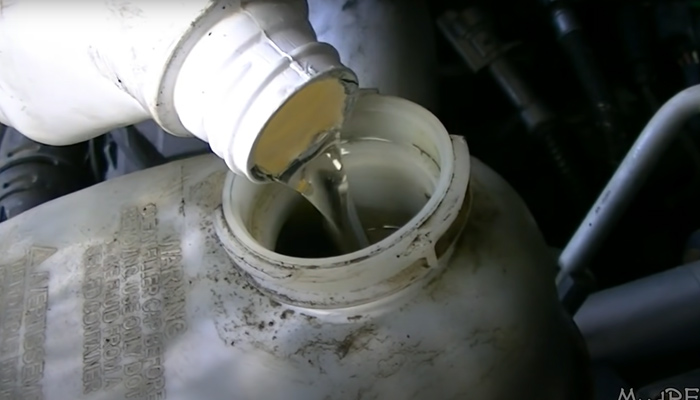
Yes. Pumping the brakes after adding brake fluid can indeed help. The primary reasons for pumping are;
- It will push the fresh fluid into the brake lines.
- It will also expel any air bubbles that may have entered the system during the fluid addition while priming the braking system.
Brake fluid transmits the force created when applying the brakes to the braking system. When the braking system fails to generate adequate pressure, it can lead to a distinct sensation in the brake pedal, commonly described as spongy or soft.
When faced with this issue, pumping the brakes becomes necessary to achieve the desired braking effect. Let’s take a look at why you need to pump the brakes after adding brake fluid in-depth.
Air In The System
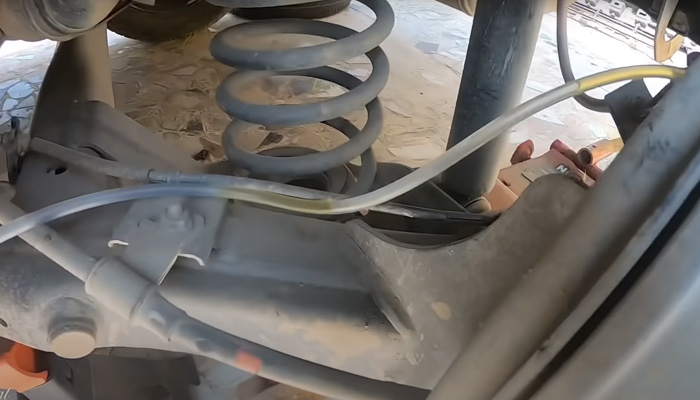
Air in the brake lines can cause a spongy or less responsive brake pedal feel, which compromises braking efficiency. By pumping the brakes, you are effectively purging these air pockets from the system.
Read Also: Bad Master Cylinder or Air in Brake Lines? Find The Culprit
Fluid Distribution
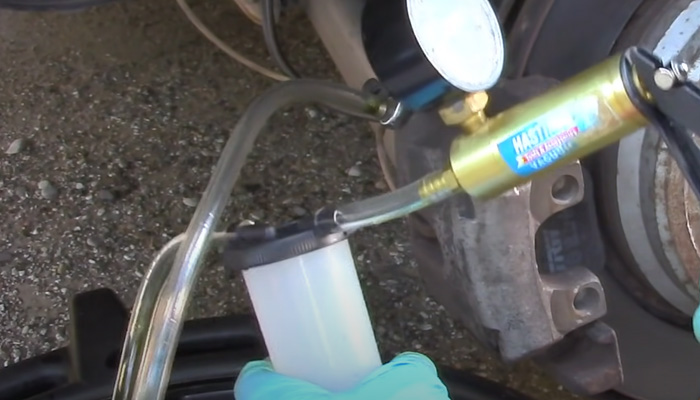
Pumping the brakes aids in distributing the brake fluid evenly within the braking system. This ensures that all components, such as the calipers, wheel cylinders, and brake pads, receive an adequate supply of fluid, optimizing their performance.
Restoring Brake Pedal Sensitivity
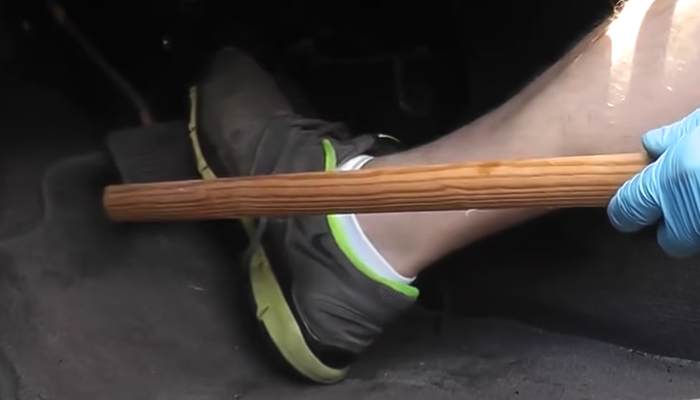
If the brake fluid level is low or if the brakes have recently undergone maintenance or bleeding, pumping the brakes can be helpful. In short, it helps to restore the sensitivity of the brake pedal.
This process creates hydraulic pressure, allowing the brake fluid to move through the system without air, which can improve the pedal feel and responsiveness.
Assessing Overall Brake Performance
Pumping the brakes after adding or changing brake fluid provides an opportunity to evaluate the overall performance of the braking system. It allows you to test the brakes for any abnormalities or potential issues.
By observing the response and feel of the brakes during the pumping process, you can assess if further maintenance or adjustments are necessary.
Read Also: How To Flush and Bleed Brake Systems?(Step By Step)
How Does Pumping The Brakes Work?
Pumping the brakes involves applying them suddenly and repeatedly in rapid succession. Drivers frequently perform this action when they have brake problems, such as a lack of responsiveness or a soft pedal feel.
The braking system relies on fluid pressure to effectively operate. The master cylinder releases brake fluid into the brake lines when you press the brake pedal, producing the required pressure.
This pressure then engages the brake shoes or pads with the rotor or drum. As a result, slowing the wheels, and activating the calipers or actuators in the case of drum brakes.
How does It help?
Pumping the brakes in such situations can help build up hydraulic pressure in the brake lines, potentially improving the braking performance. By rapidly applying and releasing the brakes, drivers aim to create friction and heat. That can help restore the braking system’s functionality.
However, if moisture or water has entered the braking system, it can lead to problems. Water has a lower boiling point than brake fluid. So when the brakes heat up during operation, the water can vaporize, creating air or vapor bubbles in the brake lines.
As a result, the braking system may experience reduced pressure, leading to a spongy or soft brake pedal feel.
Read Also: No Brake Pressure after Bleeding – Whats The Causes & Fixes?
How To Pump The Brakes After Adding Brake Fluid?
The process of pumping is not very complicated. However, it can turn out to be a complicated task for newbies.
Nevertheless, below, we have listed the detailed steps for how to pump your brakes after adding brake fuel. Check it out.
Step 1: Identify The Reservoir Of Fluid
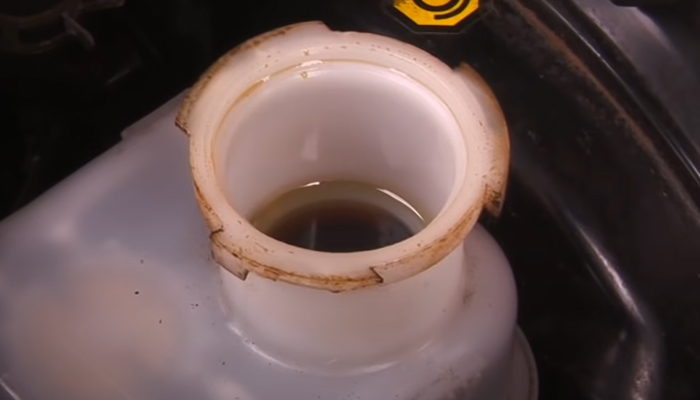
Checking the fluid level is an important step in maintaining your vehicle’s braking system. The fluid reservoir is normally next to the braking control cylinder, which is usually on the driver’s side of the engine compartment.
Open the bonnet of your car and physically inspect the engine compartment. To find brake fluid, look for a plastic tank with that label. In most vehicles, the brake fluid reservoir is situated inside the engine compartment on the driver’s side.
Here’s an image that might help you find the master cylinder and brake fluid reservoir easily;
Step 2: Examine The Level Of Fluid
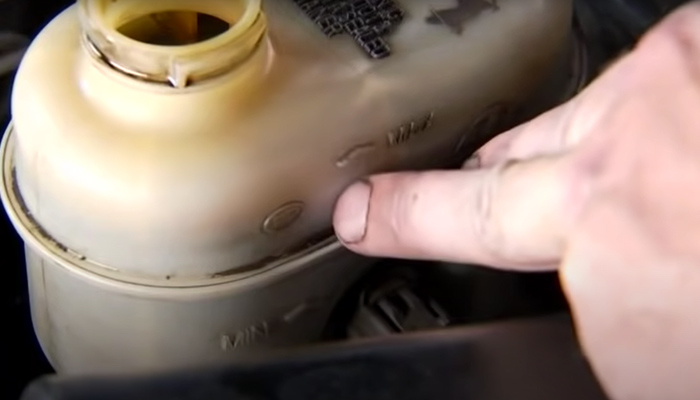
The brake reservoir in newer vehicles is typically translucent and features “Maximum” and “Minimum” lines on the outside. Without opening the reservoir cap, you can visually check the fluid level.
It is normally deemed acceptable if the level is just below the “Maximum” line. However, if it is closer to the “Minimum” line, you will need to refill the reservoir.
Step 3: Pump The Brakes Perfectly
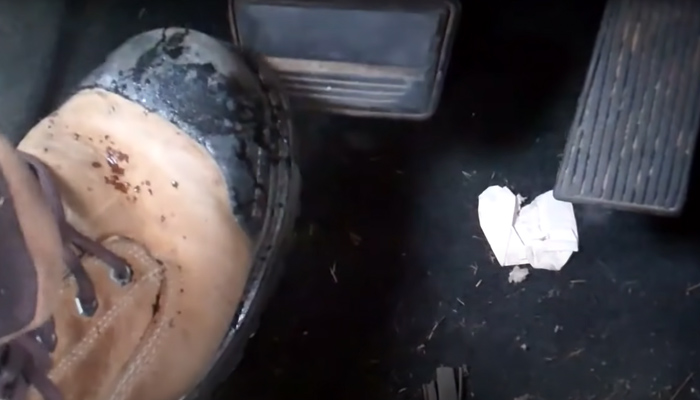
The brake pedal should be swiftly and frequently pressed with your foot. Aim to press and release the pedal in a rhythmic motion. As you press the brake pedal, apply firm and consistent pressure. There should be some obstruction, and the pedal should progressively become more firm.
Continue pumping the brake pedal in this manner for approximately 25 to 30 repetitions. Each time you press the pedal, you are increasing the pressure in the brake system and working to remove any air pockets or inconsistencies.
Nevertheless, while performing the pumping action, pay attention to how the brake pedal feels. You should notice that with each repetition, the pedal engages more firmly and with increased responsiveness.
Here is a YouTube video that may help you visually;
FAQs
In this section, we will discuss the common questions related to Pumping The Brakes
Can I skip pumping the brakes after adding brake fluid?
Yes, but it is not recommended to skip pumping the brakes after adding brake fluid. Pumping the brakes helps to ensure proper distribution of the fluid and eliminates potential air pockets, which could affect brake performance.
Why does my brake pedal feel soft?
The most common reason for a soft brake pedal is the presence of air in the brake system. Air bubbles can disrupt the hydraulic pressure needed for effective brake operation, resulting in a soft or spongy pedal feel.
What should I do if the brake pedal still feels soft after pumping the brakes?
If pumping the brake pedal doesn’t resolve the soft pedal issue, it could indicate a more significant problem within the braking system. In such cases, it is advisable to have your vehicle inspected by a qualified mechanic to identify and address any underlying issues.
Read Also: Why Does Brake Pedal Goes to Floor after Bleeding?(4 Causes)
Conclusion
To conclude, pumping the brakes after adding brake fluid is often necessary to ensure the proper distribution of the fluid. Moreover, it eliminates any air pockets within the brake system. By repeatedly pressing the brake pedal, you create hydraulic pressure.
Thus, the pressure pushes the new fluid throughout the system, restoring braking power and responsiveness. However, it is important to note that pumping the brakes should be done in specific situations, such as after adding fluid or addressing brake maintenance.

Meet Zayan, the mechanical genius behind the highly acclaimed brakes problems and solutions website. With over a decade of hands-on experience in the automotive industry, Zayan has become a trusted authority in the realm of brake systems.
His passion for cars, coupled with his expertise in solving complex brake-related issues, has earned him a devoted following of car enthusiasts, mechanics, and everyday drivers seeking reliable guidance.

